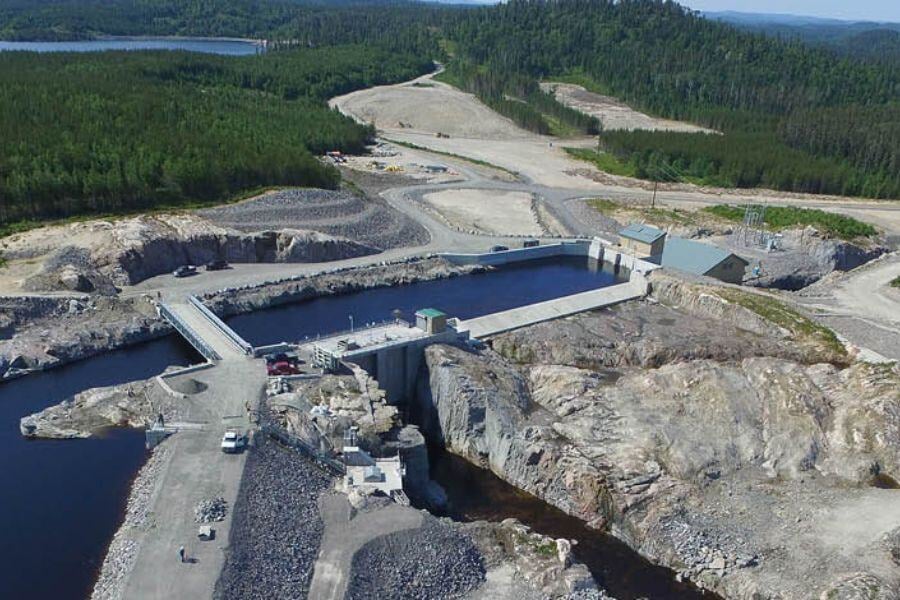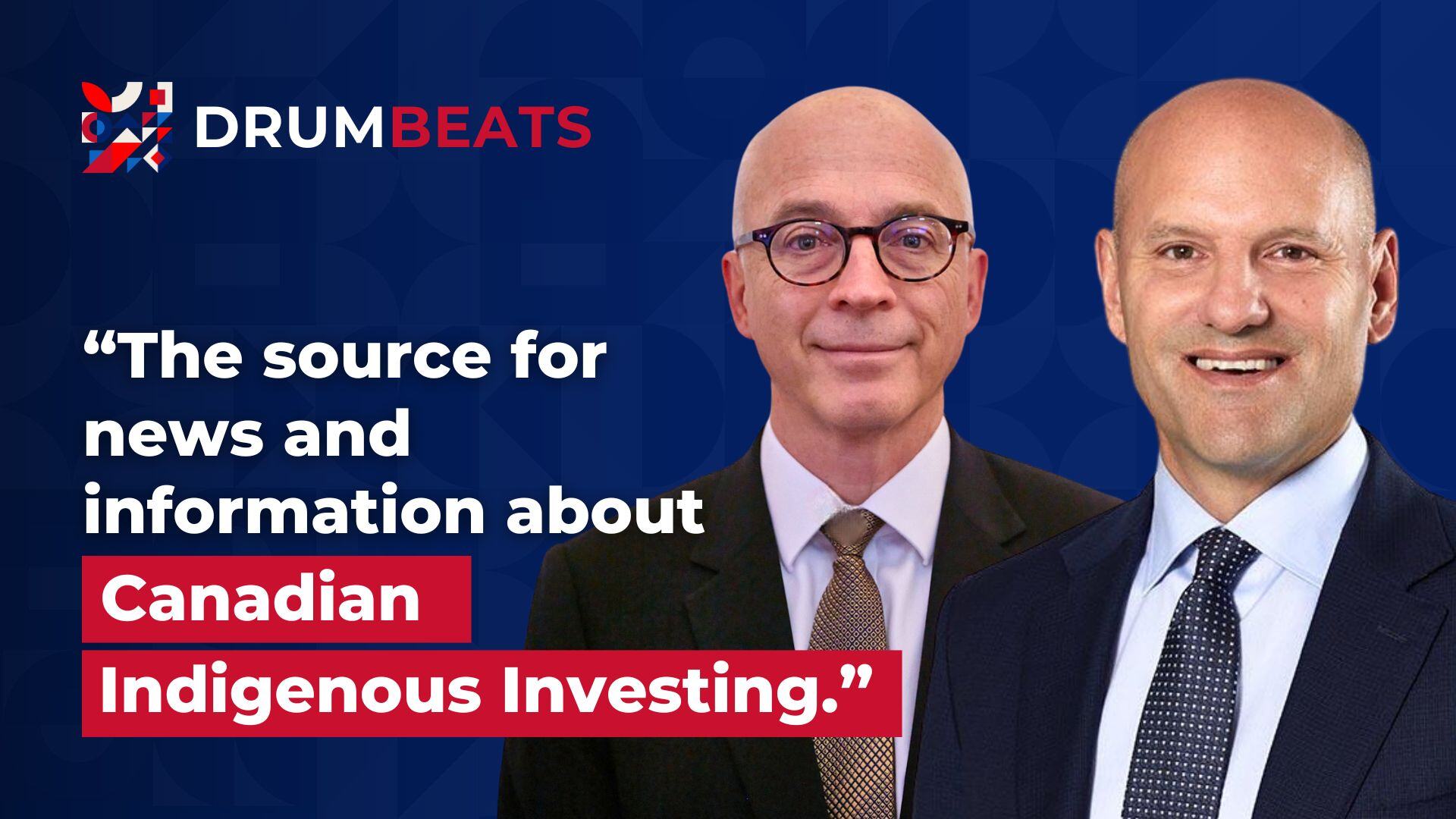
Indigenous-Led Infrastructure Projects Across Canada
Meaningful Indigenous participation in infrastructure development is crucial for Canada's progress. Indigenous-led projects not only benefit communities but also contribute to the national economy. By embracing and supporting Indigenous infrastructure initiatives, Canada can achieve prosperity and inclusivity for all its citizens.
Fred Di Blasio, alongside his partners, is leading the charge in empowering Indigenous communities through infrastructure investment. Their firm, Longhouse Capital Partners, aims to raise $1 billion for an alternative asset fund targeting Indigenous-led infrastructure projects. With a wealth of experience in finance, law, and Indigenous economic development, Di Blasio and his team are committed to promoting financial literacy and education among Indigenous communities, ensuring sustainable growth and prosperity.
Closing the Infrastructure Gap
Across Canada, Indigenous communities continue to grapple with inadequate access to essential infrastructure services, from clean water to reliable power and broadband communications. The root causes of this disparity are multifaceted, including financing constraints, capacity limitations, policy barriers, jurisdictional complexities, and project timeline delays. These challenges hinder progress and perpetuate the infrastructure gap, impeding the socio-economic advancement of Indigenous populations.
Challenges Hindering Progress in Indigenous-Focused Infrastructure Development
1. Financing Constraints: Indigenous communities often face barriers in accessing financing for infrastructure projects, including limited access to capital markets and higher perceived investment risks.
2. Capacity Limitations: Many Indigenous communities lack the technical expertise and human resources required for effective project planning, management, and implementation.
3. Policy Barriers: Federal policies and funding mechanisms may not adequately address the diverse infrastructure needs of Indigenous communities, leading to gaps in service delivery and economic development opportunities.
4. Jurisdictional Issues: Complex jurisdictional arrangements between federal, provincial, and Indigenous governments can create uncertainty for investors and delay infrastructure projects.
5. Project Timeline Delays: Lengthy approval processes, bureaucratic inefficiencies, and regulatory hurdles contribute to delays in infrastructure development, exacerbating existing challenges in Indigenous communities.
Five Recommendations for Success
1. Study and Utilise Case-Specific Solutions
Tailor solutions to specific community needs.
2. Adapt Successful Infrastructure Projects
Emulate proven models to accelerate progress.
3. Leverage Existing Assets and Agreements
Build upon established partnerships and agreements.
4. Improve Indigenous Communities' Access to Capital
Establish federal loan guarantee programmes to facilitate funding.
5. Recognise the Value of Indigenous Partnerships
Acknowledge the contribution of Indigenous communities to infrastructure development.
Need for Meaningful Engagement of Indigenous Communities in Infrastructure Investments
The historical neglect of Indigenous infrastructure needs has perpetuated disparities and hindered community development. Meaningful engagement of Indigenous communities in infrastructure investments is essential for several reasons:
1. Reconciliation and Equity: Addressing the infrastructure gap is integral to the broader process of reconciliation between Indigenous and non-Indigenous peoples in Canada. Meaningful engagement ensures that Indigenous communities receive equitable access to infrastructure services and opportunities for economic development.2. Legal and Moral Obligations: Canada has legal and moral obligations to uphold the rights and well-being of Indigenous peoples, including ensuring access to essential services like clean water, sanitation, and reliable energy.
3. Economic Development: Infrastructure investments in Indigenous communities have the potential to promote economic development, create jobs, and stimulate local economies. By empowering Indigenous communities to participate in infrastructure projects, Canada can unlock their economic potential and contribute to national prosperity.
4. Environmental Sustainability: Indigenous-led infrastructure projects often prioritise environmental sustainability and traditional ecological knowledge, contributing to Canada's goals for climate action and environmental conservation.
Indigenous Infrastructure Successes
Community Infrastructure:
Tsawwassen First Nation, British Columbia – Waste-water Treatment Plant
TFN's $27 million sewage treatment plant, completed in 2016, catalysed over $2.5 billion in economic development, showcasing the transformative potential of Indigenous-led infrastructure initiatives. Partnering with real estate developer Ivanhoe Cambridge, TFN secured conventional bank loans for the project, enabling comprehensive master planning and economic progress.
Akisq’nuk First Nation, British Columbia – Water Systems
AFN's implementation of a service tax under the First Nations Fiscal Management Act funded significant repairs and maintenance of water systems, exemplifying innovative financing solutions tailored to Indigenous needs. The service tax model ensures sustainable funding for essential infrastructure services, addressing long-standing challenges in water infrastructure.
Kiashke Zaaging Anishinaabek (KZA)/Gull Bay First Nation, Ontario – Solar Energy Micro Grid
KZA's pioneering microgrid project, powered by solar energy and battery storage, represents a paradigm shift towards clean, reliable energy solutions in remote Indigenous communities. This $8 million initiative, supported by a partnership with Ontario Power Generation, demonstrates the feasibility and impact of renewable energy investments in addressing energy poverty and reducing environmental impact.
Investment Infrastructure:
Alberta PowerLine – Alberta
ATCO Ltd.'s offering of a 40 percent equity stake to local Indigenous communities in the Alberta PowerLine project underscores the potential for collaborative ownership models to generate revenue and enhance community prosperity. Seven Indigenous communities seized the opportunity, securing financing for their investments and establishing a steady revenue stream through a 35-year tariff agreement.
NextBridge East-West Tie Line Transmission Project – Ontario
The Bamkushwada Limited Partnership, comprising six First Nations, owns 20 percent equity in the East-West Tie Transmission Line, demonstrating the power of collective ownership in large-scale infrastructure projects. Through strategic partnerships with industry leaders like Nextbridge Infrastructure and Valard Construction, Indigenous communities are not only securing revenue returns but also creating employment opportunities and capacity-building initiatives.
Wataynikaneyap Power LP – Ontario
WPLP, equally owned by 24 First Nation communities, is spearheading the construction of 1,800 km of transmission lines to connect remote communities to the grid, reducing reliance on diesel generation and fostering economic development. Supported by partnerships with Fortis Ontario Inc. and private investors, Watay Power exemplifies a community-driven approach to infrastructure ownership, prioritising energy sovereignty and socio-economic empowerment.
Benefits of Indigenous Infrastructure Ownership for Canada
Indigenous ownership of infrastructure offers numerous benefits for Canada:
1. Economic Growth: Indigenous-led infrastructure projects stimulate economic growth, create employment opportunities, and generate revenue streams for Indigenous communities, contributing to overall economic prosperity.2. Social Development: Access to quality infrastructure services enhances the health, education, and well-being of Indigenous communities, fostering social development and cohesion.
3. Environmental Stewardship: Indigenous ownership often prioritises sustainable resource management and environmental stewardship, aligning with Canada's commitments to climate action and conservation.
4. Legal Certainty: Indigenous ownership arrangements provide greater legal clarity and stability, reducing conflicts and litigation risks associated with land and resource development.
5. Reconciliation and Empowerment: By recognising Indigenous rights and self-determination in infrastructure development, Canada advances the process of reconciliation and empowers Indigenous communities to shape their own futures.
Importance of Infrastructure for Canada's Economic and Social Prosperity
Infrastructure forms the foundation of a nation's economic growth and social well-being. It encompasses vital systems such as transportation, energy, water, and communication networks, facilitating trade, connectivity, and quality of life. In Canada, robust infrastructure is essential for fostering economic competitiveness, attracting investments, and ensuring equitable access to essential services for all citizens.
Canadian Indigenous Investment Summit
These highlighted Indigenous-led projects, including Wataynikaneyap Power LP, Alberta PowerLine, KZA's Solar Energy Microgrid, and AFN's Water Systems, serve as prime examples of the transformative potential of Indigenous investments in energy transition and infrastructure development. These are just a glimpse of the vast opportunities awaiting exploration.
The Canadian Indigenous Investment Summit will open bigger doors to even more investment opportunities, inspiring collaboration, building partnerships, and unlocking new avenues for investment in Indigenous-led projects.

Don’t miss an episode – Subscribe to our podcast!
Listen to invaluable insights from industry leaders. Join our podcast to delve deeper into the world of Indigenous communities, investments, and more. Don't miss an episode - follow our podcast today.
Don’t miss an episode – Subscribe to our podcast!
Listen to invaluable insights from industry leaders. Join our podcast, Drumbeats, to delve deeper into the world of Indigenous communities, investments, and more. Don't miss an episode - follow our podcast today.




